The Art of English Paper Piecing: A Quick Guide
Welcome to the fascinating world of English paper piecing (EPP), a delightful quilting technique that has stood the test of time! Whether you're a seasoned crafter or just dipping your toes into the realm of fabric and thread, this guide will illuminate the essentials of EPP, making it accessible and enjoyable for everyone. Imagine the satisfaction of creating intricate patterns and stunning designs that not only showcase your creativity but also tell a story through fabric. This article explores the fundamentals of English paper piecing, including techniques, materials, and tips for both beginners and seasoned crafters looking to enhance their quilting skills.
English paper piecing is a method of quilting that involves sewing together small fabric pieces around a paper template. This technique dates back to the early 18th century and has been beloved by quilters ever since. The beauty of EPP lies in its ability to create complex geometric shapes with precision and ease. As you stitch together your fabric pieces, you’ll find a sense of meditative calm, almost like piecing together a puzzle. The charm of EPP is not just in the finished quilt but also in the process itself, making it a favorite among crafters who enjoy the journey as much as the destination.
Before diving into your EPP project, it’s crucial to gather the right materials. Here’s a comprehensive list of essentials:
- Fabric: Choose cotton fabrics for their durability and ease of handling.
- Paper Templates: You can use pre-made templates or create your own from cardstock.
- Thread: Opt for a thread that matches your fabric for seamless stitching.
- Needles: A fine needle works best for hand stitching.
- Scissors: Sharp fabric scissors will ensure clean cuts.
Choosing the right supplies can significantly affect your project’s outcome. For instance, using high-quality fabric will not only enhance the visual appeal of your quilt but also ensure longevity. Now, let’s delve deeper into fabric selection.
When selecting fabric for English paper piecing, consider the following:
- Color Combinations: Play with contrasting colors to make your patterns pop.
- Patterns: Floral, geometric, or solid fabrics can all be used effectively.
- Fabric Weight: Lightweight cotton is ideal for EPP, as it holds its shape well.
Your fabric choice can dramatically impact the overall look of your quilt. Think of it as painting a canvas; the colors and patterns you select will tell a unique story. Now, let’s not forget the importance of preparing your fabrics before you start sewing.
Pre-washing your fabrics is a crucial step in the EPP process. This practice helps to prevent future shrinking and color bleeding, ensuring your quilt maintains its beauty over time. To prepare your fabrics, simply wash them in cool water with a gentle detergent, then let them air dry. This way, you’ll avoid any surprises when your quilt is finally complete!
Accurate cutting is vital in English paper piecing. To achieve precision, consider using a rotary cutter and cutting mat for clean edges. Take your time when cutting fabric pieces, as even the smallest discrepancies can affect the final outcome of your quilt. Remember, in EPP, precision is key!
Creating and using paper templates is a fundamental aspect of EPP. You can either purchase pre-made templates or make your own using cardstock. To make your templates, simply trace your desired shapes onto the cardstock and cut them out. This allows for flexibility in your designs and ensures that your pieces fit together perfectly.
Let’s dive into the fundamental techniques of English paper piecing. Mastering these basics will set you on the path to becoming an EPP pro!
Basting is the process of securing your fabric to the paper templates. There are a few methods you can use, including:
- Thread Basting: This traditional method involves using a needle and thread to secure the fabric to the template.
- Adhesive Basting: Fabric glue or fusible webbing can also work wonders for holding your pieces in place.
Each method has its pros and cons, so experiment to find what works best for you!
Hand stitching is where the magic happens in EPP. To achieve neat and secure stitches, practice the whip stitch or ladder stitch. These techniques will help you join your fabric pieces together seamlessly, creating a polished finish that you can be proud of.
To ensure success in your English paper piecing projects, consider these practical tips:
Keeping your workspace organized can greatly enhance your crafting experience. Use containers to separate fabrics, threads, and tools, making it easy to find what you need. A tidy workspace not only improves efficiency but also makes the process more enjoyable.
Even the most experienced crafters can make mistakes. Some common pitfalls include:
- Not pre-washing fabrics, leading to shrinking.
- Cutting fabric inaccurately, resulting in mismatched pieces.
- Forgetting to secure fabric properly, causing pieces to shift during stitching.
By being aware of these mistakes, you can avoid them and enhance your crafting journey.
Q: Can I use any type of fabric for English paper piecing?
A: While you can technically use any fabric, it's best to stick with lightweight cotton for optimal results.
Q: Do I need special tools for English paper piecing?
A: Basic sewing tools like scissors, needles, and thread will suffice. However, a rotary cutter can make cutting easier.
Q: How long does it take to complete an EPP project?
A: The time varies depending on the complexity of the design and your sewing speed, but EPP is known for being a leisurely, enjoyable process.

What is English Paper Piecing?
English paper piecing (EPP) is a delightful quilting technique that has stood the test of time, captivating crafters for centuries. Originating in the early 18th century, this method involves sewing together small pieces of fabric that are temporarily basted to paper templates. The beauty of EPP lies not only in its intricate designs but also in its ability to create stunning geometric patterns that can transform any quilt into a work of art. Imagine piecing together a jigsaw puzzle, but instead of cardboard pieces, you’re using vibrant fabrics that come alive with color and texture!
One of the most compelling reasons crafters are drawn to English paper piecing is its versatility. Whether you’re a novice or a seasoned quilter, EPP offers a creative outlet that allows for endless possibilities. You can create everything from simple hexagons to complex stars and flowers, all while enjoying the meditative process of hand stitching. The tactile nature of handling fabric and the satisfaction of seeing your design come together stitch by stitch is an experience like no other.
Moreover, EPP is an excellent choice for those who enjoy crafting on the go. The portable nature of the materials means you can easily take your project with you, whether it’s to a quilting bee, a cozy café, or even during your daily commute. Just imagine sitting in a park, surrounded by nature, while you stitch your fabric pieces together. It's a perfect blend of creativity and relaxation!
As you dive deeper into the world of English paper piecing, you’ll discover its rich history and the sense of community that surrounds it. Many quilters share their EPP projects online, fostering inspiration and camaraderie among enthusiasts. So, whether you’re looking to create a family heirloom or simply want to explore a new hobby, English paper piecing offers a fulfilling journey into the art of quilting.

Essential Materials for Paper Piecing
When diving into the enchanting world of English paper piecing, having the right materials at your fingertips can make all the difference. Think of it like cooking; if you don’t have the right ingredients, the dish just won’t turn out right! So, let’s explore the essential materials you’ll need to embark on your quilting journey.
First and foremost, you will need a selection of fabrics. The beauty of paper piecing lies in the creative freedom it offers, allowing you to mix and match different fabric types, colors, and patterns. Cotton is the most popular choice due to its durability and ease of handling, but don’t shy away from exploring other fabrics like linen or even blends. Each fabric will bring its own unique texture and charm to your quilt.
Next up, templates are crucial for your projects. These can be purchased pre-made or you can create your own using card stock or lightweight cardboard. The key is to ensure that your templates are sturdy enough to withstand repeated handling but not so thick that they become cumbersome to work with. If you’re looking to create intricate designs, consider using hexagon, diamond, or triangle templates to add a twist to your quilt.
Additionally, a good set of tools is essential for a smooth crafting experience. Here’s a quick rundown of the tools you’ll want to have:
- Fabric scissors: Invest in a sharp pair to ensure clean cuts.
- Rotary cutter and mat: These can significantly speed up the cutting process and provide precision.
- Needles: Opt for fine needles to make hand stitching easier.
- Thread: Choose a thread that matches your fabric for a seamless look.
Now, let’s talk about basting. This is the process of securing your fabric to the paper templates, and it can be done using various methods. You’ll need basting thread or adhesive if you prefer a quicker approach. Each method has its advantages, so it’s worth experimenting to see which one you prefer.
Lastly, don’t forget about your workspace. A well-organized space can make your crafting experience much more enjoyable. Consider having a dedicated table with good lighting, where all your materials are easily accessible. This will not only enhance your efficiency but also keep you in the creative zone.
In summary, the essential materials for English paper piecing include a variety of fabrics, sturdy templates, sharp tools, and effective basting supplies. By gathering these materials, you’ll set yourself up for a delightful crafting experience that will keep you coming back for more!
Q: Can I use any fabric for English paper piecing?
A: While you can technically use any fabric, cotton is the most recommended due to its stability and ease of handling. It also holds up well after washing!
Q: How do I make my own templates?
A: You can create your own templates by drawing your desired shapes onto card stock or lightweight cardboard and then cutting them out. Just make sure they are sturdy enough to be reused.
Q: What is the best way to baste my fabric to the templates?
A: There are several methods to baste your fabric, including thread basting, glue basting, or using fabric clips. Each has its pros and cons, so it’s best to try a few to see which one you prefer!
Q: How do I avoid fabric fraying during the piecing process?
A: Pre-washing your fabrics can help prevent fraying and color bleeding. Additionally, using a zigzag stitch or pinking shears on the edges can also minimize fraying.
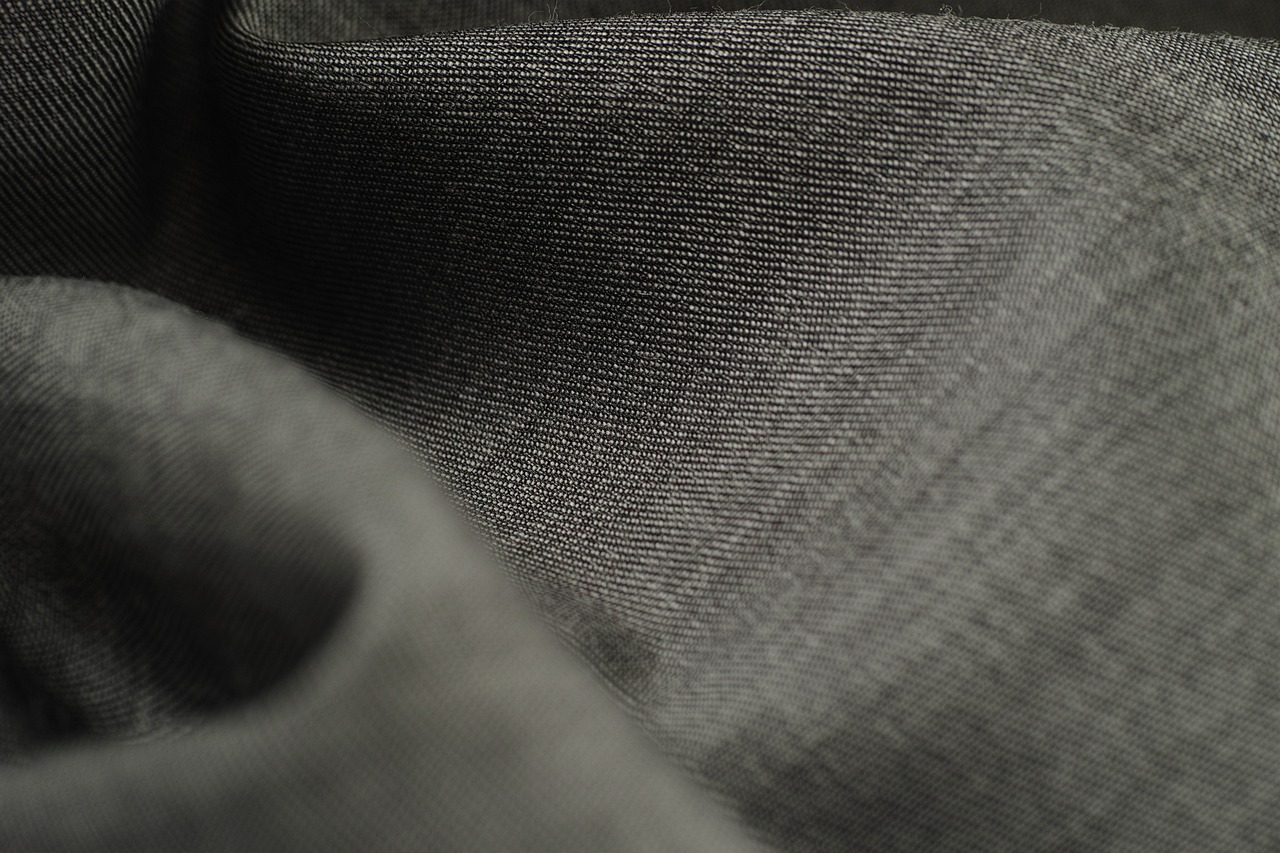
Choosing the Right Fabric
When it comes to English paper piecing, the fabric you choose can make or break your project. Think of it like selecting the perfect ingredients for a gourmet dish; the right combination can elevate your quilt from ordinary to extraordinary. First and foremost, you want to consider the color combinations. Choosing fabrics that complement each other can create a stunning visual impact. For instance, if you’re working on a project with vibrant colors, pairing them with a neutral fabric can help balance the overall design. On the other hand, if you prefer a more monochromatic look, varying shades of the same color can add depth and interest.
Next, let’s talk about patterns. Whether you lean towards florals, stripes, or polka dots, the patterns you select can significantly affect the final outcome. A busy pattern might overshadow your piecing, while a subtle design can enhance it. It’s often a good idea to mix different patterns, but be cautious not to choose fabrics that clash. A simple rule of thumb is to pick one dominant pattern and use others as accents. This approach helps in maintaining a cohesive look throughout your project.
Another critical factor to consider is the fabric weight. Lighter fabrics may be easier to work with, but they can also be less durable. On the flip side, heavier fabrics provide sturdiness but might require more effort to manipulate. A good practice is to choose cotton fabrics, as they are not only easy to sew but also hold their shape well when pieced. If you’re feeling adventurous, consider incorporating different fabric types like linen or silk, but remember that these may require special handling.
Lastly, don’t forget about the scale of your fabric prints. Large prints can overwhelm smaller piecing shapes, while tiny prints might get lost in larger pieces. Always visualize how the fabric will look in the context of your entire quilt. If you're unsure, try laying out your pieces before committing to a final selection. This simple step can save you a lot of heartache later on.
In summary, choosing the right fabric for your English paper piecing project is all about understanding how color, pattern, weight, and scale work together. It’s an art form that requires a bit of intuition and a dash of creativity. So, don’t hesitate to experiment and have fun with your fabric choices. After all, quilting is not just about the end product; it’s about the joy of creating something uniquely yours!
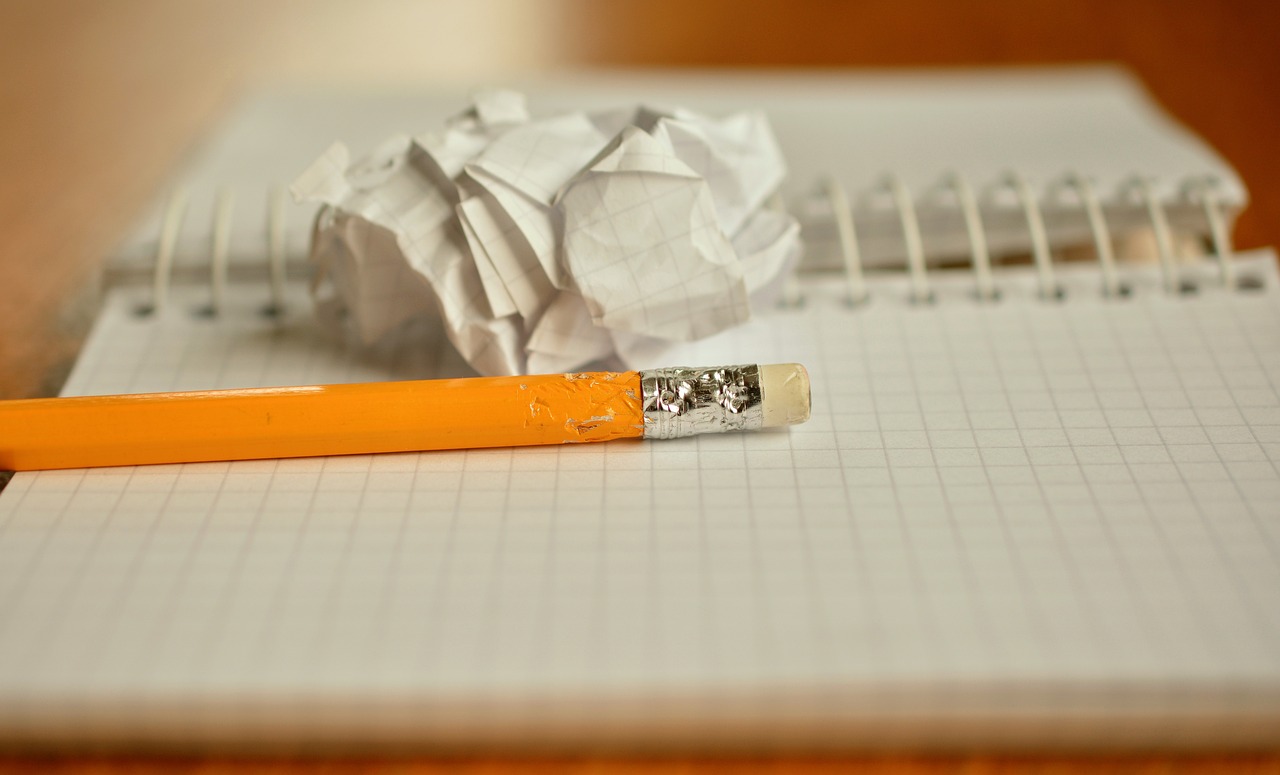
Pre-Washing Fabrics
When diving into the world of English paper piecing, one of the most crucial steps often overlooked is pre-washing your fabrics. You might wonder, "Why should I bother?" Well, pre-washing serves several important purposes that can significantly enhance the quality of your finished quilt. First and foremost, it helps to remove any chemicals or sizing that may be present on the fabric from the manufacturing process. This is particularly important if you have sensitive skin or are creating a quilt for someone who does.
Moreover, pre-washing helps to prevent shrinkage and color bleeding once your quilt is complete. Imagine finishing a beautiful quilt only to find that after the first wash, your vibrant reds have bled into your whites. Not a pretty sight, right? By washing your fabric beforehand, you can minimize these risks and ensure that your quilt maintains its beauty over time.
The process is simple: just toss your fabric in the washing machine on a gentle cycle, using cold water. Afterward, tumble dry on low or hang it to dry. This not only prepares your fabric but also gives you a chance to see how it behaves when washed. Some fabrics might change texture or color slightly, and knowing this ahead of time can help you make informed decisions about your project.
In addition, pre-washing allows you to iron out any wrinkles before cutting your pieces, making it easier to achieve accurate measurements. Speaking of measurements, let’s take a quick look at the benefits of pre-washing in a tabular format:
| Benefit | Description |
|---|---|
| Removes Chemicals | Eliminates any harmful substances from the manufacturing process. |
| Prevents Shrinkage | Minimizes the risk of your quilt shrinking after washing. |
| Stops Color Bleeding | Helps maintain the integrity of colors in your quilt. |
| Improves Accuracy | Allows for better measurements by starting with smooth, flat fabric. |
In conclusion, pre-washing your fabrics is a small step that can lead to significant improvements in your quilting projects. It’s a bit like laying a solid foundation before building a house; you wouldn’t want to skip that step, right? So, before you cut into that beautiful fabric, take the time to wash it. Your future self—and your quilt—will thank you!
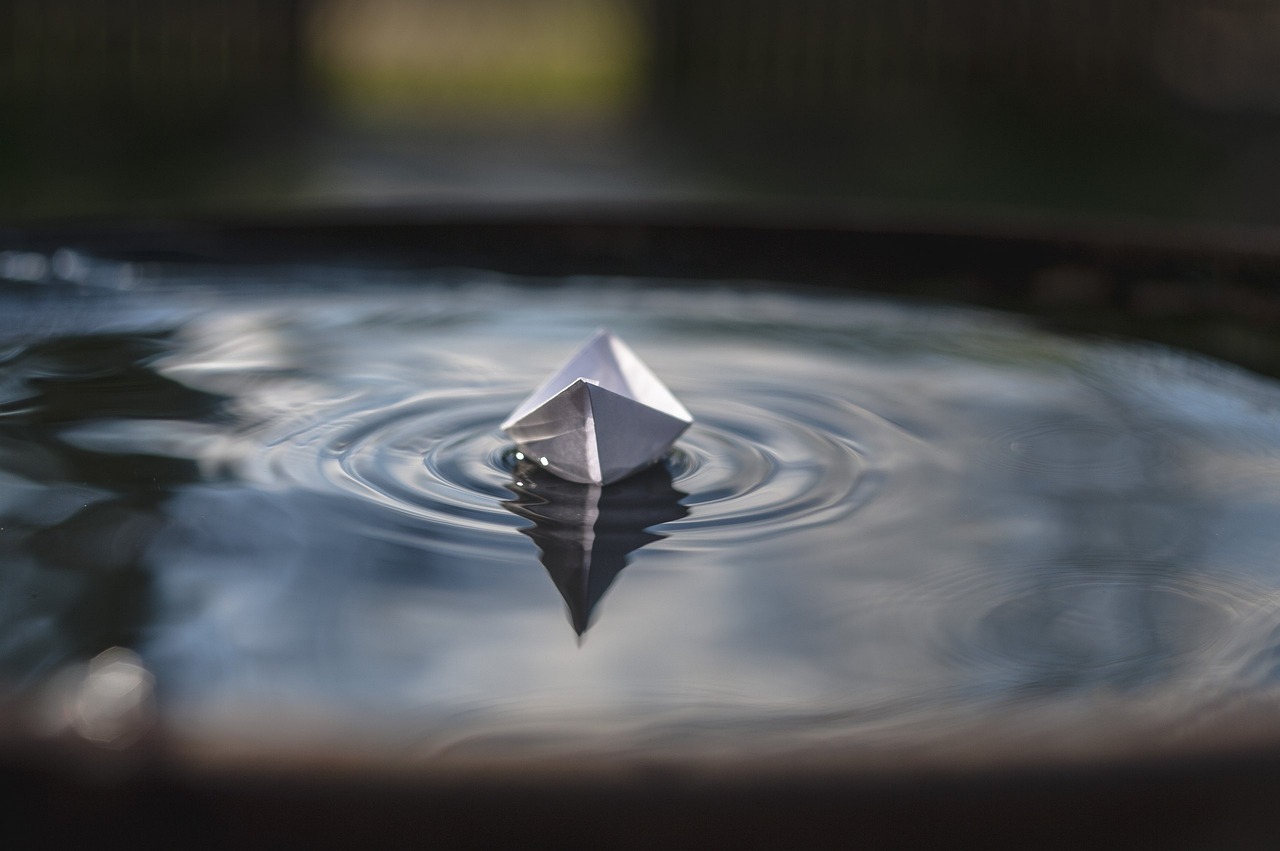
Fabric Cutting Techniques
When it comes to English paper piecing, the way you cut your fabric can make or break your project. Accurate cutting ensures that your pieces fit together seamlessly, creating a polished and professional look in your quilt. There are several techniques you can use, and each has its own advantages. For instance, using a rotary cutter is a popular method among crafters because it allows for quick and precise cuts. However, if you’re more comfortable with scissors, that’s perfectly fine too! The key is to find a method that works best for you.
Before you begin cutting, it’s crucial to prepare your fabric. Ensure that it is ironed flat to eliminate any wrinkles that could lead to inaccuracies in your measurements. Once your fabric is smooth, you can lay it out on a cutting mat. This not only protects your surfaces but also provides a grid that helps you align your fabric accurately. If you’re using a rotary cutter, make sure to have a sharp blade; dull blades can lead to jagged edges that are hard to work with.
Here are some cutting techniques to consider:
- Rotary Cutting: This method involves using a rotary cutter and a cutting mat. It’s ideal for cutting multiple layers of fabric at once, making it a time-saver for larger projects.
- Scissor Cutting: While it may take a bit longer, using scissors allows for more control over intricate designs. It’s a great option for those who prefer a hands-on approach.
- Template Cutting: If you have a specific shape in mind, consider creating a template from cardboard or plastic. Trace around the template with a fabric marking pen and then cut along the lines for precise shapes.
After cutting, it’s wise to double-check the dimensions of your fabric pieces against your paper templates. This extra step can save you a lot of frustration down the line. If you find that your pieces are slightly off, don’t hesitate to trim them further until they fit perfectly. Remember, precision is key in English paper piecing!
Finally, always keep your cutting tools organized. A clutter-free workspace can significantly enhance your cutting accuracy and overall enjoyment of the crafting process. Store your rotary cutter, scissors, and templates in a designated area so they’re easy to access when you need them.
In summary, mastering fabric cutting techniques is essential for successful English paper piecing. Whether you choose to use a rotary cutter or scissors, ensure that your fabric is prepared and your workspace is organized. With practice and patience, you’ll find that cutting becomes a breeze, allowing you to focus on the fun part—piecing your quilt together!

Creating Paper Templates
Creating paper templates is a fundamental step in the art of English paper piecing, and it can significantly influence the outcome of your quilting project. Templates serve as the backbone of your design, providing the necessary structure to cut and assemble your fabric pieces accurately. Whether you prefer to create your own templates or purchase pre-made ones, understanding how to make them is essential for any quilter looking to achieve precision and creativity in their work.
To start, you’ll need some basic materials. The most common choices for template material include:
- Cardstock: This is a sturdy option that holds its shape well, making it ideal for repeated use.
- Template Plastic: A flexible and durable option that can be easily cut and reused for multiple projects.
- Cardboard: While not as durable, it can be a quick and accessible choice for beginners.
When creating your templates, the first step is to decide on the shape and size of the pieces you need. You can use a variety of methods to create your templates:
- Freehand Drawing: For those who are comfortable with drawing, sketching your shapes directly onto your chosen material can be a quick way to get started.
- Using Software: Programs like Adobe Illustrator or even free online tools can help you design precise templates that you can print out.
- Tracing Existing Templates: If you have access to a template you like, simply trace it onto your material for an easy and accurate copy.
Once you have your templates cut out, it’s important to ensure that they are the correct size. A good tip is to double-check your measurements against your fabric pieces before you start cutting. This will save you time and frustration later on. After you’ve confirmed the size, you can begin to pin or baste your fabric around the templates, preparing them for the piecing process.
Remember, the key to successful English paper piecing lies in the accuracy of your templates. If they are too small or too large, your quilt will not come together as intended. So take your time, be meticulous, and enjoy the creative process! Your effort will undoubtedly pay off when you see the beautiful quilt blocks come together.
- What materials do I need to create paper templates? You can use cardstock, template plastic, or cardboard, depending on your preference and how durable you want your templates to be.
- Can I use software to design my templates? Yes! Software like Adobe Illustrator or free online tools can help you create precise templates that you can print and use.
- How do I ensure my templates are the right size? Always double-check your measurements against your fabric pieces before cutting to ensure accuracy.
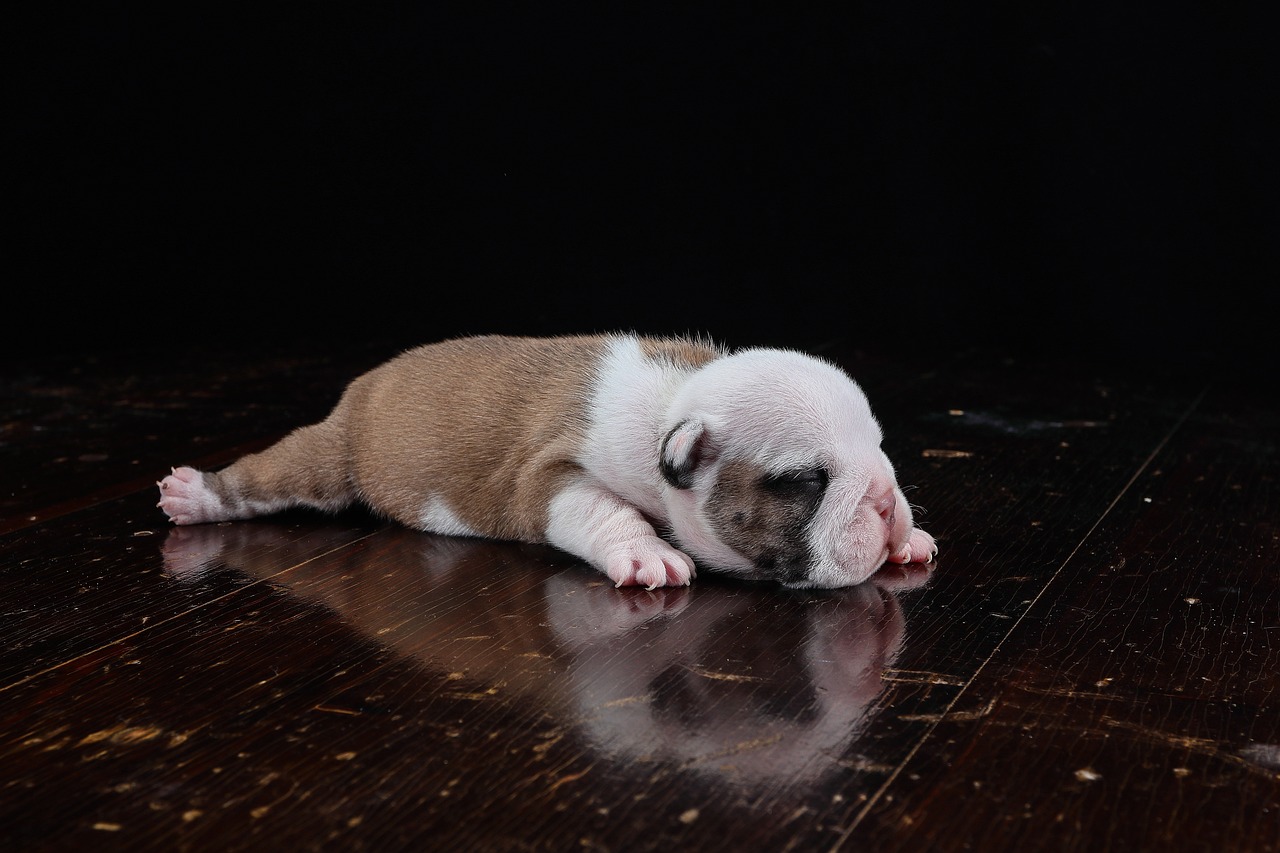
Basic Techniques in English Paper Piecing
When diving into the world of English paper piecing (EPP), understanding the basic techniques is essential for any aspiring quilter. At its core, EPP involves taking small fabric pieces and meticulously stitching them together, creating intricate designs that can be both stunning and satisfying. The beauty of EPP lies not just in the final product but also in the process itself, making it a delightful journey for both beginners and seasoned crafters alike.
The first technique you'll encounter is basting. This is the method used to secure your fabric to the paper templates before you start stitching. There are several ways to baste your pieces, with thread basting and adhesive basting being the most common. Thread basting involves using a long, loose stitch to hold the fabric in place, while adhesive basting uses fabric glue or tape to secure the edges. Each method has its advantages. For instance, thread basting is more traditional and allows for easy removal of the paper later, while adhesive basting can speed up the process. Choosing the right method often depends on personal preference and the specific project at hand.
Once your pieces are basted, the next step is hand stitching. This is where the magic really happens! By using a simple whip stitch or a ladder stitch, you can join your fabric pieces together with precision. The whip stitch is particularly popular in EPP because it creates a strong seam while remaining nearly invisible on the front of your project. As you stitch, it’s important to keep your tension even to avoid puckering, which can spoil the overall look of your quilt. Remember, practice makes perfect, and soon you'll be stitching like a pro!
Joining pieces is another fundamental technique in EPP. This involves aligning the edges of your basted pieces and carefully stitching them together. It's crucial to take your time here; rushing can lead to misaligned seams and uneven edges. A helpful tip is to use pins to hold your pieces in place as you work. This extra step can save you a lot of frustration down the line.
To summarize, the basic techniques of English paper piecing include:
- Basting: Securing fabric to paper templates using thread or adhesive.
- Hand Stitching: Joining pieces with techniques like whip stitch or ladder stitch.
- Joining Pieces: Aligning and stitching basted pieces together for a cohesive design.
These foundational techniques will not only help you create beautiful quilts but also allow you to enjoy the meditative process of crafting. Each stitch brings you closer to your finished project, making every moment spent sewing worthwhile. As you grow more comfortable with these methods, don't hesitate to experiment and find your unique style. After all, the world of English paper piecing is as vast as your imagination!
Q: What is the best fabric for English paper piecing?
A: Generally, quilters prefer cotton fabrics due to their durability and ease of handling. However, you can experiment with various fabric types, including cotton blends and even lightweight linens, as long as they hold their shape well.
Q: Can I reuse my paper templates?
A: Yes, you can! If you carefully remove the paper templates after stitching, they can be reused multiple times. Just make sure they are still intact and not too worn out.
Q: How do I prevent my fabric from fraying?
A: To minimize fraying, use pinking shears when cutting your fabric, or apply a little fray check to the edges before basting. This will help keep your fabric looking neat and tidy throughout the piecing process.
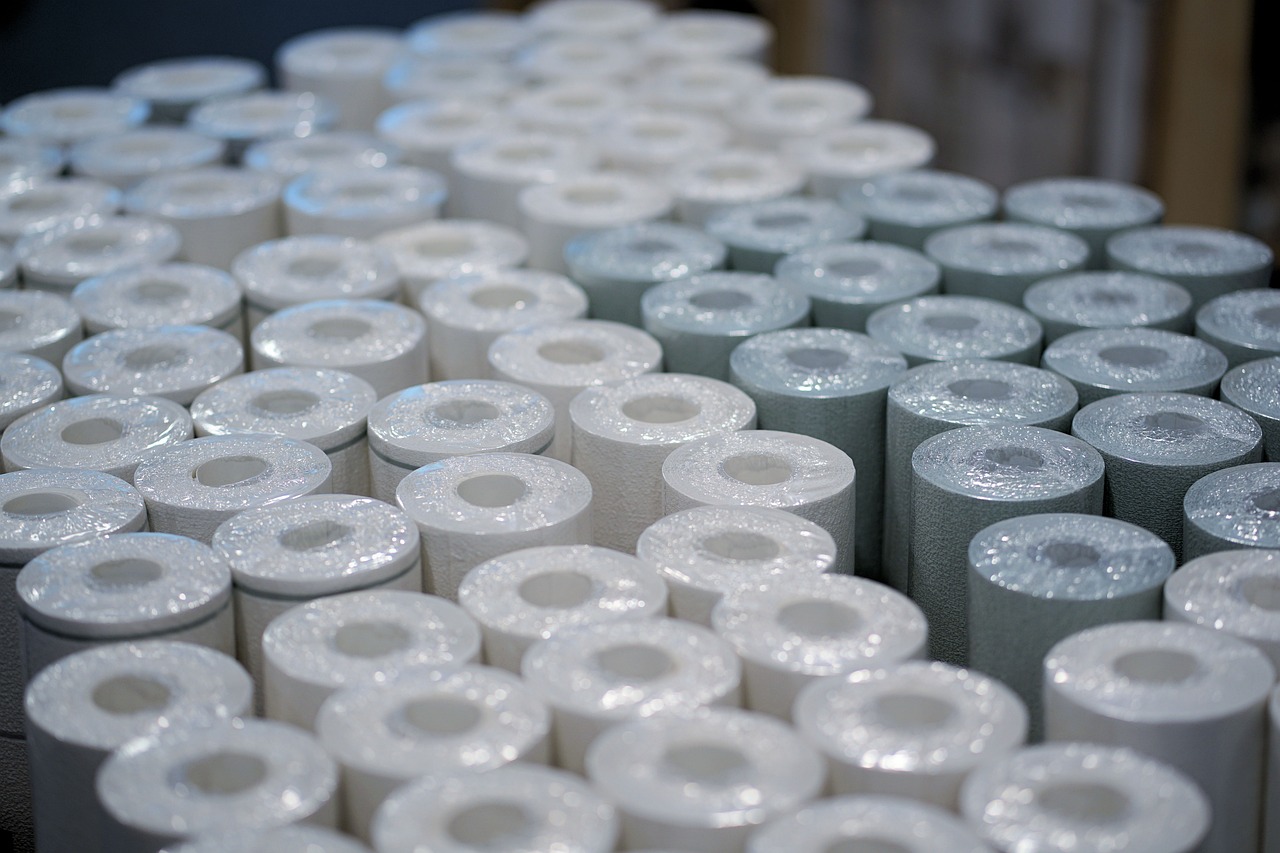
Basting Methods
Basting is a crucial step in the English paper piecing process, acting as the glue that holds your fabric securely to the paper templates. Without proper basting, your pieces can shift, leading to misaligned seams and a less polished final product. There are several methods to choose from, each with its own advantages and drawbacks. Let’s dive into the most popular basting techniques and help you find the one that suits your crafting style!
One of the most traditional methods is thread basting. This technique involves using a long, loose stitch to secure the fabric to the paper template. To do this, simply place your fabric right side up on the template, then thread a needle with a contrasting thread color. As you stitch around the edges, keep the stitches loose enough to allow for easy removal later. This method offers excellent control, allowing you to adjust the fabric as needed before final stitching. However, it can be time-consuming, especially for larger projects.
On the other hand, if you’re looking for a quicker option, adhesive basting might be your best bet. This method involves using fabric glue or basting spray to attach the fabric to the paper templates. Simply spray the adhesive on the paper template or apply a thin line of glue around the edges of the fabric. Press the fabric onto the template and let it set. This technique is fast and efficient, making it ideal for those who want to speed up their piecing process. However, be cautious with the amount of adhesive you use, as too much can lead to stiff seams that are difficult to stitch through.
For those who enjoy a combination of methods, pin basting offers a middle ground. By using small quilting pins, you can secure the fabric in place while still allowing for adjustments. This method works well if you’re working with thicker fabrics or if you’re concerned about the adhesive affecting your fabric's texture. Just remember to remove the pins as you sew to avoid any accidents!
Here’s a quick comparison of the three basting methods:
| Method | Pros | Cons |
|---|---|---|
| Thread Basting | Excellent control, adjustable | Time-consuming |
| Adhesive Basting | Fast and efficient | Can stiffen seams if overused |
| Pin Basting | Good for thicker fabrics | Can be cumbersome with many pins |
Ultimately, the best basting method depends on your personal preference and the specific requirements of your project. Experiment with each technique to discover which one feels the most comfortable and effective for you. Remember, the goal is to keep your fabric securely in place while you enjoy the creative process of piecing together your quilt!
Q: Can I use any type of glue for adhesive basting?
A: It's best to use fabric-specific glue or basting sprays, as these are designed to wash out easily and won't damage your fabric.
Q: How do I know if my basting is secure enough?
A: Gently tug on the fabric; if it feels firmly attached and doesn’t shift, you’re good to go! If it moves, consider adding more basting stitches or adhesive.
Q: Is it necessary to remove the basting after sewing?
A: Yes, it’s important to remove any basting—whether thread or adhesive—after you finish sewing to avoid any unwanted bulk in your quilt.
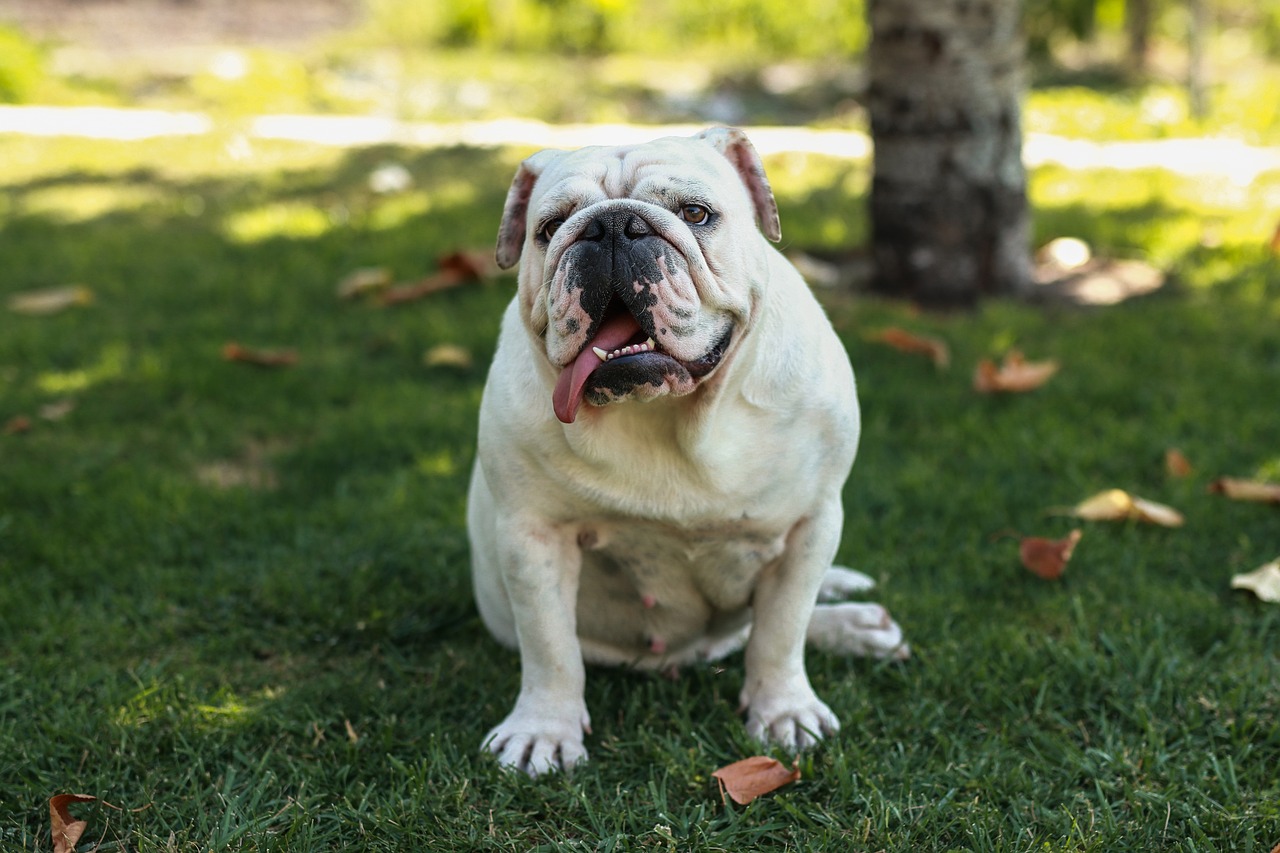
Hand Stitching Techniques
When it comes to English paper piecing, mastering hand stitching techniques is essential for achieving that perfect, polished finish. Think of hand stitching as the magic thread that binds your fabric pieces together, transforming them from mere shapes into a beautiful quilt. But how do you ensure that your stitches are not only secure but also aesthetically pleasing? Let’s dive into some effective techniques that will elevate your piecing game.
One of the most popular hand stitching methods in English paper piecing is the whip stitch. This technique is simple yet effective, making it a favorite among both beginners and seasoned crafters. To execute a whip stitch, start by aligning the edges of your fabric pieces. Using a needle and thread, insert the needle through the folded edge of the top piece, pulling it through to the back. Then, bring the needle back up through the folded edge of the bottom piece and pull tight. Repeat this process, ensuring your stitches are evenly spaced and snug. The result? A nearly invisible seam that keeps your pieces securely in place.
Another technique worth exploring is the blind stitch, which is particularly useful when you want to keep your stitches hidden. This method is akin to a magician’s sleight of hand—your audience (or in this case, your quilt) will be none the wiser! To perform a blind stitch, fold the edge of your fabric over the paper template and take a small bite of the fabric below it with your needle. Then, insert the needle back into the fold and pull it through. This technique requires a bit of practice, but once mastered, it can create a seamless finish that enhances the overall look of your project.
For those who prefer a more structured approach, consider using the running stitch. This technique involves sewing in a straight line, making small, evenly spaced stitches along the edge of your fabric. It’s a straightforward method that allows for a bit of flexibility in your stitching, making it ideal for larger pieces or when you’re working with thicker fabrics. Just remember, the key to a good running stitch is consistency—aim for uniform stitch lengths to maintain a neat appearance.
In addition to these techniques, it’s crucial to pay attention to your thread choice. Opting for a thread that matches your fabric can help camouflage your stitches, while contrasting thread can add an artistic touch. Experimenting with different thread colors can be like choosing the right paint for a canvas; it can make all the difference in the final outcome of your quilt.
Lastly, don't underestimate the importance of practice. Just like learning to ride a bike, the more you stitch, the more natural it will feel. Set aside some time to practice your hand stitching techniques on scrap fabric before diving into your main project. This will not only boost your confidence but also help you develop a personal style that reflects your unique flair as a crafter.
- What is the best thread to use for hand stitching? Generally, a cotton thread works well for most fabrics. However, consider using a polyester thread for added strength, especially if your quilt will see a lot of use.
- How can I prevent my stitches from showing? Use a thread that closely matches your fabric color and opt for techniques like the blind stitch to keep your stitches hidden.
- Is it necessary to use a thimble? While not mandatory, a thimble can protect your fingers and help you push the needle through thicker fabrics more easily.
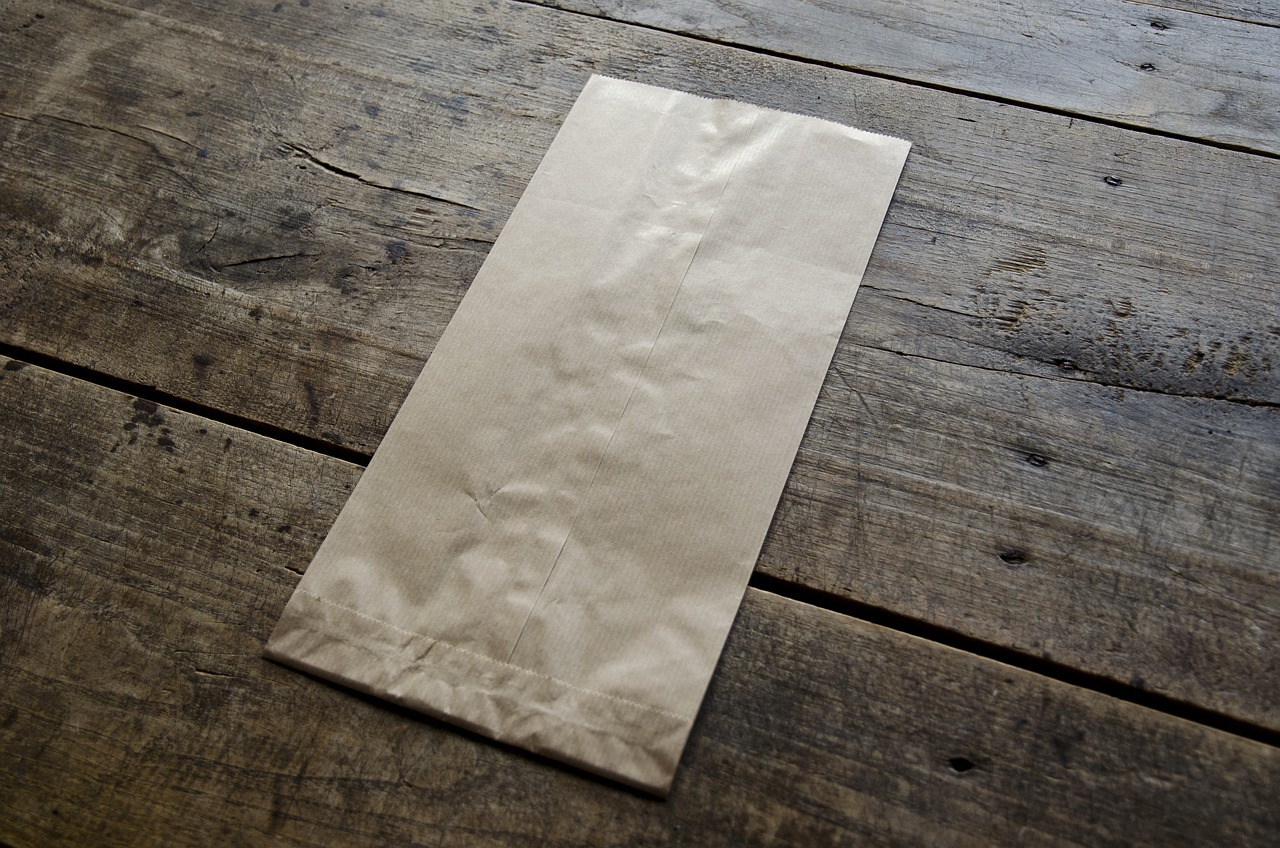
Tips for Successful Projects
When diving into the world of English paper piecing, it's essential to arm yourself with some practical tips that can make your crafting experience not just easier, but also more enjoyable. One of the first things you should consider is organization. Imagine walking into a cluttered workshop; it’s overwhelming, right? Now picture a clean, orderly space where everything is in its place. This can significantly enhance your focus and creativity. Start by designating specific areas for your fabrics, templates, and tools. Use clear containers to keep small items like needles and threads visible and accessible. You might even want to create a checklist of materials for each project to ensure you have everything at hand before you begin.
Another important tip is to test your materials before fully committing to your project. Take a moment to experiment with different fabrics and threads. You might find that certain combinations work better than others. For instance, if you're using a lighter fabric, try a contrasting thread color to see how it looks against the fabric. This small test can save you a lot of headaches later on. Additionally, remember to keep a small notebook or digital note on your phone to jot down any observations or ideas that come to mind while you work.
As you embark on your English paper piecing journey, it's also crucial to be aware of common mistakes that can derail your project. One frequent pitfall is rushing the basting process. It might seem tedious, but taking your time to secure your fabric to the paper templates will pay off in the long run. A well-basted piece will lay flat and make stitching much more manageable. Another mistake is not checking your seam allowances. Always double-check that you’re leaving enough fabric around the edges to ensure that your pieces fit together perfectly.
Lastly, don't forget to embrace the learning curve. Every crafter has their share of mishaps; it’s part of the journey! If you find yourself stuck or frustrated, take a break and come back with fresh eyes. Sometimes, a little distance can spark new ideas or solutions to problems you’ve been facing. And remember, the beauty of English paper piecing lies in its uniqueness. Each project tells a story, and your personal touch is what makes it special. So, enjoy the process, learn from each experience, and let your creativity flourish!
Q1: What is the best fabric for English paper piecing?
A1: The best fabrics for English paper piecing are quilting cottons, as they provide the right weight and ease of handling. However, you can also experiment with other types like linen or even silk for unique textures.
Q2: Can I use a sewing machine for English paper piecing?
A2: While English paper piecing is traditionally done by hand, you can use a sewing machine for some parts, especially when joining larger sections. Just ensure that your seams are accurate and consistent.
Q3: How do I prevent my fabric from fraying?
A3: To prevent fraying, you can use a zigzag stitch on the raw edges or apply a light coating of fray check. Additionally, pre-washing your fabrics can help minimize fraying during the piecing process.
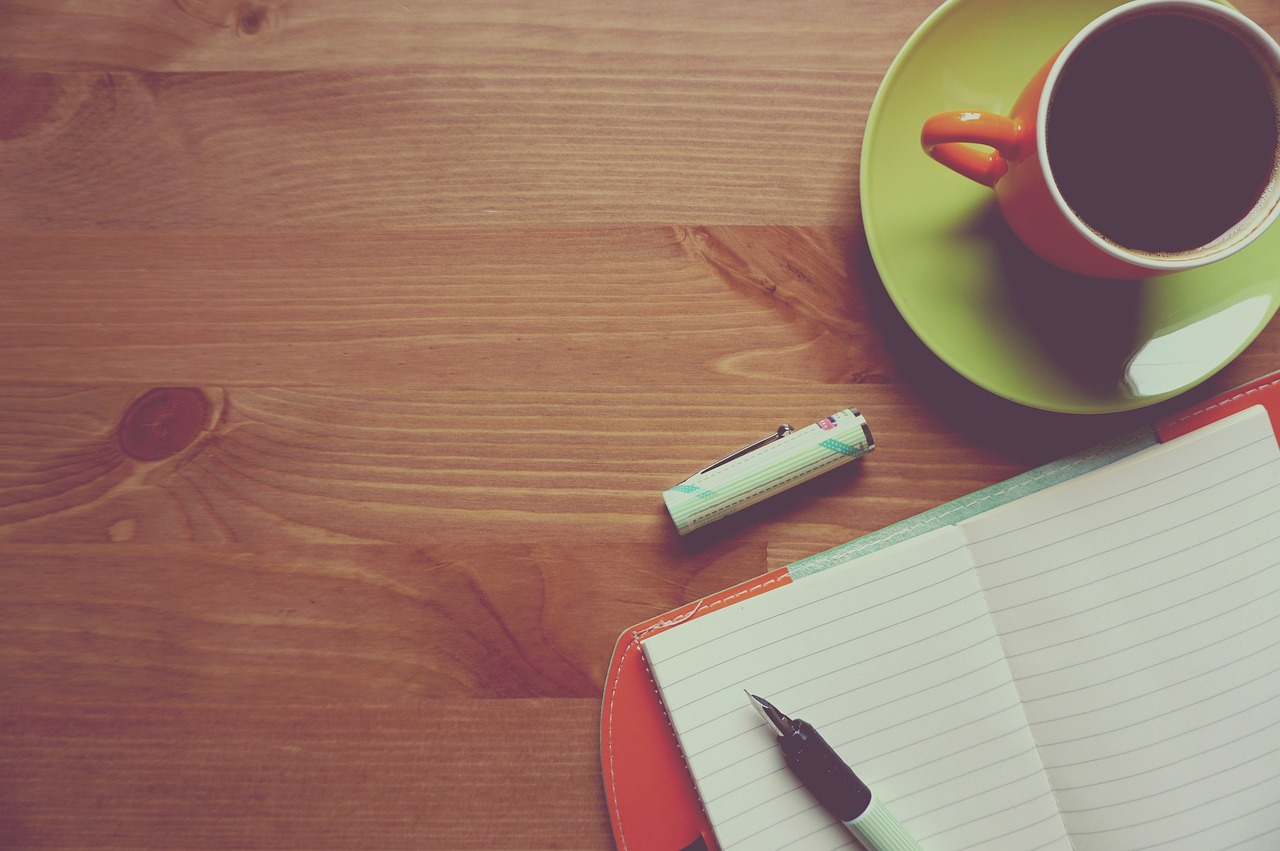
Staying Organized
Staying organized is crucial when diving into the delightful world of English paper piecing. Imagine trying to cook a gourmet meal in a cluttered kitchen; it’s nearly impossible to achieve that perfect dish! Similarly, an organized workspace can make your quilting experience more enjoyable and efficient. First, consider designating a specific area for your projects, equipped with all the essential tools and materials. This not only streamlines your process but also helps you focus on your creative flow.
One effective way to keep everything in order is to use clear storage bins. These bins allow you to categorize your fabrics, templates, and tools, making it easy to find what you need at a glance. For instance, you can have separate bins for:
- Fabrics: Organize by color or pattern.
- Templates: Keep them sorted by size or shape.
- Tools: Store scissors, needles, and threads together.
Additionally, a dedicated project folder can be a game changer. Use it to store your patterns, notes, and any inspiration you gather along the way. This not only keeps your ideas in one place but also serves as a visual reminder of what you want to accomplish. You might even consider a digital approach by using apps or software to track your projects and ideas, especially if you’re tech-savvy.
Another tip is to establish a routine. Set aside specific times for your quilting sessions, and during those times, focus solely on your projects. This practice not only builds consistency but also allows you to immerse yourself in the craft without distractions. Lastly, remember to take breaks! A cluttered mind can lead to mistakes, so stepping away for a moment can help clear your head and inspire fresh ideas.
In conclusion, staying organized while working on English paper piecing projects is not just about tidiness; it’s about enhancing your creativity and efficiency. By creating a structured environment, utilizing storage solutions, and maintaining a routine, you can transform your quilting experience into a joyful and productive journey.
Q: What is the best way to store my fabric for English paper piecing?
A: Use clear bins or shelves to keep your fabric organized by color or type. Avoid folding them too tightly to prevent creases.
Q: How can I keep my workspace tidy while working on multiple projects?
A: Designate a specific area for each project and use containers to separate tools and materials. Regularly clean your workspace to maintain order.
Q: Is it necessary to follow a routine for English paper piecing?
A: While not mandatory, establishing a routine can help you stay focused and make consistent progress on your projects.
Q: How do I prevent losing small pieces like templates and basting threads?
A: Use small containers or magnetic trays to keep these items contained and easily accessible.

Common Mistakes to Avoid
When diving into the world of English paper piecing, it's easy to get swept away by the excitement of creating beautiful quilts. However, even the most seasoned crafters can fall into traps that can derail their projects. One of the most common mistakes is not taking the time to pre-wash fabrics. This step may seem tedious, but it’s crucial to avoid any unpleasant surprises down the line, like fabric shrinking or colors bleeding into each other. Imagine putting in hours of work only to find your quilt has become a patchwork of unexpected hues!
Another frequent pitfall is underestimating the importance of accurate cutting. If your fabric pieces aren't cut precisely, it can lead to misalignments and gaps in your quilt. Always use a rotary cutter and a cutting mat for the best results. Think of it this way: cutting fabric is like laying the foundation for a house; if the base isn’t solid, everything built on top will be shaky. Take your time and measure twice to cut once!
Additionally, many beginners overlook the significance of choosing the right thread. Using a thread that contrasts sharply with your fabric can draw the eye away from your beautiful piecing work. Instead, opt for a thread color that blends well with your chosen fabrics. This small detail can make a world of difference in the overall aesthetic of your quilt. Remember, the goal is to make those seams disappear, not to turn them into a focal point!
It's also vital to avoid rushing through the basting process. Whether you choose thread basting or adhesive, taking shortcuts can lead to fabric shifting during stitching, resulting in uneven seams. Patience here pays off in spades! A well-basted piece is like a well-prepared meal; it sets the stage for a delightful outcome.
Lastly, many crafters fail to stay organized, which can lead to frustration and wasted time. Keep your workspace tidy and your materials sorted. Use small containers or baskets to hold different fabric pieces and templates. This organization can help you keep track of your progress and make the piecing process smoother. Think of it like a well-organized toolbox; when everything has its place, you can find what you need without digging through a mess.
By being mindful of these common mistakes, you can enhance your English paper piecing experience and create stunning quilts that you can be proud of. Remember, every misstep is an opportunity to learn and improve your skills, so embrace the journey!
Here are some common questions that many crafters have when starting out with English paper piecing:
- What is the best fabric for English paper piecing? Generally, quilting cotton is preferred due to its durability and ease of handling. However, you can experiment with other fabrics as long as they are not too stretchy.
- Can I use a sewing machine instead of hand stitching? While traditional English paper piecing is done by hand, many crafters opt to use a sewing machine for piecing after the basting stage. Just be cautious with the paper templates!
- How do I remove the paper templates after sewing? Gently pull the paper out after you have stitched the pieces together. If you basted securely, the stitches should hold the fabric well enough to prevent distortion.
Frequently Asked Questions
- What is the best fabric to use for English paper piecing?
When it comes to English paper piecing, the best fabric is typically 100% cotton. Its weight and weave make it easy to handle and stitch. You can also experiment with different cotton blends, but make sure they aren't too stretchy or slippery, as that can complicate your piecing.
- Do I need to pre-wash my fabrics before starting?
Yes, pre-washing your fabrics is highly recommended! It helps prevent any potential shrinking or color bleeding that could ruin your hard work later on. Just make sure to iron your fabric after washing to get rid of any wrinkles before you start cutting.
- What tools do I need for English paper piecing?
You'll need a few essential tools to get started with English paper piecing. These include:
- Paper templates
- Fabric scissors
- Needles and thread
- Pin or basting glue
- Iron for pressing
Having these tools on hand will make your piecing process much smoother!
- How do I secure my fabric to the paper templates?
There are a couple of methods to secure your fabric to the paper templates. You can use thread basting, where you sew the fabric to the template, or opt for a basting glue that holds the fabric in place. Each method has its pros and cons, so feel free to try both and see which one you prefer!
- What are common mistakes to avoid in English paper piecing?
Some common mistakes include not accurately cutting your fabric, which can lead to uneven pieces, or failing to secure your fabric properly to the templates. Additionally, don't rush the stitching process; taking your time will yield cleaner and more precise results.
- Can I machine stitch my English paper piecing instead of hand stitching?
While traditional English paper piecing is done by hand, you can certainly use a sewing machine if you prefer! Just be cautious and ensure that your fabric is secured well to the templates. Machine stitching can save time but may require a bit more practice to achieve that polished look.
- How can I stay organized while working on my projects?
Staying organized is key to enjoying your English paper piecing projects. Use labeled containers for your fabric pieces, templates, and tools. Set up a dedicated workspace where everything has its place. This way, you can focus on your creativity without getting distracted by clutter!



















